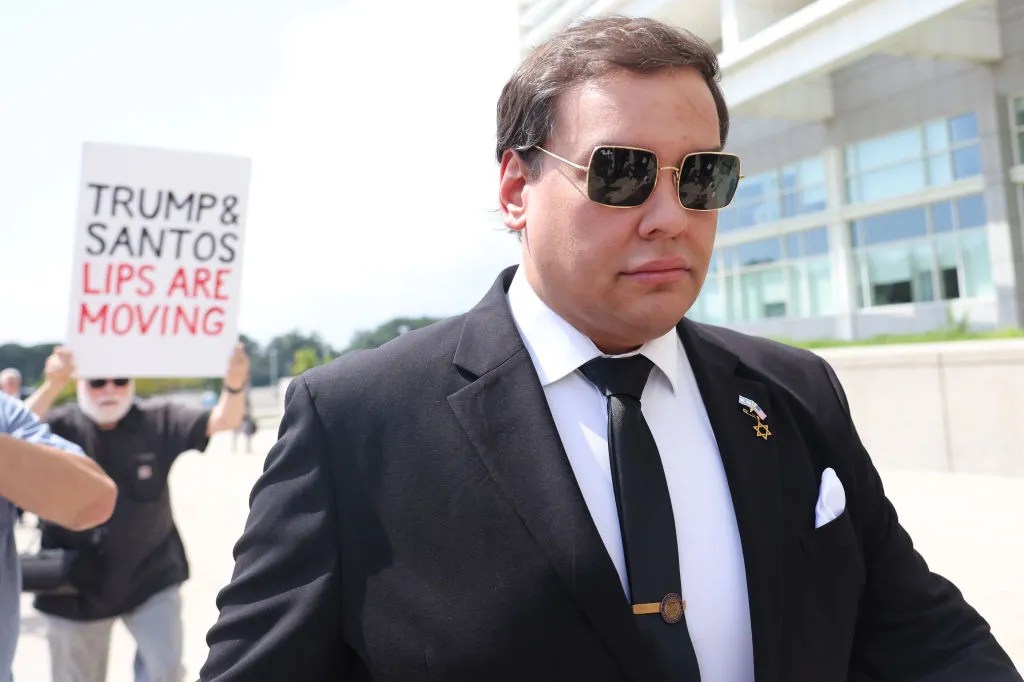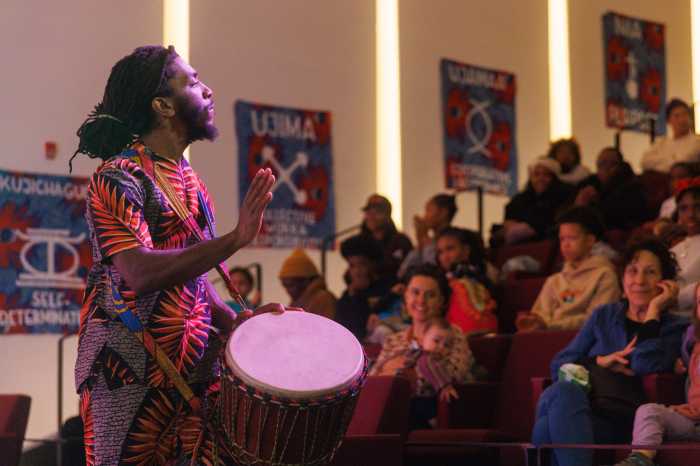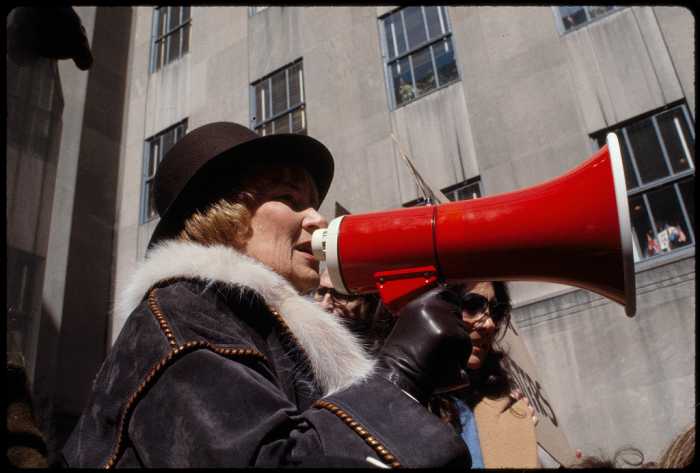Public advocate’s report cites progress, but long road ahead; examines LGBT issues
In the 13 years since “Behind Closed Doors,” a report that looked at domestic violence in New York City, there have been progress and gains. However, a new study, “Opening the Door,” the result of two years of investigation by the office of Public Advocate Betsy Gotbaum, points to persistent problems that demand action from the city and from advocates for victims of domestic violence.
Gotbaum introduced the new analysis on January 27 at the School of Public Affairs at Baruch College in Manhattan.
“Make no mistake, New York City has come a long way in the 13 years since ‘Behind Closed Doors’,” Gotbaum told the audience of 100, referring to the 1993 study commissioned by then Manhattan City Councilwomen Ruth Messinger and Ronnie Eldridge. “The title of the new report we are here this morning to discuss… is meant to acknowledge the progress that’s been made.”
Gotbaum pointed out that four of the five boroughs have courtrooms where victims of domestic violence can have any case heard by the same judge. The city’s district attorneys have “established specialized prosecution bureaus and victim advocacy programs” and since the mid-1990s, the number of emergency shelters has doubled.
However, the public advocate stressed, the city still has a way to go. New York may have an overall drop in crime, but Gotbaum said “violence within families” has not matched the crime decline.
“Recently, the brutal killing of a seven-year-old girl reminded us that the poisonous atmosphere of violence, intimidation, and fear that used to hang over New York in the minds of so many hasn’t entirely left the city. It has simply taken up residence in our neighbors’ homes, still behind closed doors,” the public advocate said, referring to the case of Nixzmary Brown, who was allegedly abused, beaten, and tortured by her stepfather in Brooklyn.
If the nexus between child abuse and domestic violence needs greater attention, so does aggression in same-sex couples. While the session focused on families, Gotbaum and others on the panel discussed the special needs gay and lesbian New Yorkers face when trying to cope with a partner who is abusive. Alisa del Tufo, co-executive director of CONNECT, Inc., a New York-based group that works to prevent family and gender violence, mentioned that one of the obstacles facing same-sex couples is the legal limbo their relationships are in.
“The more privileged you are in society, the more stuff that is available for you in society,” del Tufo said. “If the police are called, they tend to be unfriendly, unhelpful, humiliating, and arrest both parties. Is that want victims want? No victim wants to be arrested.”
There is also the prevailing view that domestic violence involves a perpetrator who is male and a victim is female, a paradigm that fails to account for same-gender couples.
“If it is two men, it confounds people,” del Tufo said. “And if it is two women it confounds people. So the system will not believe the victim unless there are other witnesses, medical records, or other corroborating evidence.”
Clarence Patton, the executive director of the New York City Gay and Lesbian Anti-Violence Project, said that another obstacle is that most same-sex domestic violence problems are handled in criminal court as opposed to family court, where conflicts in families headed by married heterosexuals usually end up.
“The law is you can’t go to family court,” Patton said. “You have to go to criminal court which can’t serve the needs because what you have to suffer as a victim has to rise to a criminal offense.”
Family courts are able to intervene in domestic conflicts earlier in the process, increasing the prospects that a violent and tragic outcome can be avoided.
The lack of legal relationship recognition intensifies the predicament if a couple lives in areas where there is no support.
“The problem is there aren’t that many services available everywhere,” Patton said. “New York and Los Angeles are the only cities that have programs for same-sex couples. Here in New York, we are trying to get access for same-sex couples in family courts.”
Last year, AVP published its most recent report examining domestic violence in the gay and lesbian community, and according to Patton there is no longer as strong a sense of taboo about the topic as in the past.
“It is much better than it used to be,” Patton said. “When we put out a domestic violence report in 1996, there was a pretty negative reaction. People wanted to know why were we airing our dirty laundry. We did it again in 1998 and there was dramatic change in the response in our community.”
According to Patton, since 2001, his group has seen a spike in reports of same-sex domestic violence.
“Coming right after 9/11, our domestic numbers shot up,” Patton said. “People were bringing stresses home. After 2001, our community really came under fire in the media. All of those things can exacerbate and add stress for our community.”
Last year’s study did note that the rate of domestic violence in the heterosexual and homosexual communities is about equal. In 2004, AVP saw a 21 percent increase in reports of abuse from 2003. In 2002, there was a 16 percent jump.
Last Friday, Gotbaum stressed that gay and lesbian individuals should seek help if there is a problem in their relationship or home life. “We need to let gay couples know there are people out there who can help, ” she said.
gaycitynews.com

































